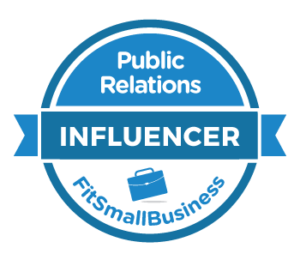We are in an era dominated by 140 character sound bytes and countless information sources clamoring for our attention. As such, it has never been more important to keep your communications brief, interesting and on target if you want to be heard above the noise.
But can there be such a thing as too brief?
On Harvard Businesss, David Silverman wrote in his post When Clarity is Not the Same as Brevity:
While it’s true that shorter is often better, the soul of good communication is clarity. Cutting content may toss out the bathwater of wordiness, but it may also eject useful information into the electronic abyss.
In Don’t Tweet About Health Care, NY Times op ed contributor James Othmer wrote:
The president’s old friends, Twitter and Facebook, helped him get elected and then betrayed him. Social media help stir up excitement for “change we can believe in.” They are a much less effective tool for articulating the extraordinarily complicated details of health care reform.
I have written about the importance of story telling in communications. Telling a story often takes more than just a few words. That has been one of my objections to the social media release, which aims to “strip the BS out” and reduce news to a series of bullet points. (Incidentally, Search Engine Watch blogger Greg Jarboe, who got lots of attention two years for calling SMRs “meatball sundaes” revisited the topic recently by posting about research that showed that search engines and news sites can have problems with the format too).
My advice is to strip the story down to its barest essence. Find ways to tell it, using metaphor or imagery that require fewer words and paint a picture if that helps. You need to find the fewest possible words without watering down the message in the process of trying to streamline it.
CIO Magazine’s website had a great interview with Carmine Gallo, author of Presentation Secrets of Steve Jobs, which included the following relevant passage (this also relates to my post from last week on product categorization).
CIO.com: What’s one thing that Jobs does, which very few people notice, that is critical to his presentation success?
Gallo: Jobs describes every product or new feature with a one-line description that can fit in a Twitter post. By doing so, he helps you mentally categorize the product. He gives you the big picture before filling in the details. For example, when Jobs introduced MacBook Air in January 2008, he could have said something along these lines: “Today we’re excited to launch a new, thin, light ultra-portable notebook computer with a 13.3 inch wide-screen display, a full keyboard, a backlit display and five hours of battery life.”
Instead he simply said, “MacBook Air. The world’s thinnest notebook.” If [a person watching] wanted to learn more, they could visit the Apple website after the presentation, but if they only remembered that one thing—world’s thinnest notebook—it would tell them a lot. Now, Google for “world’s thinnest notebook” and you will find more than 30,000 links to the phrase.


